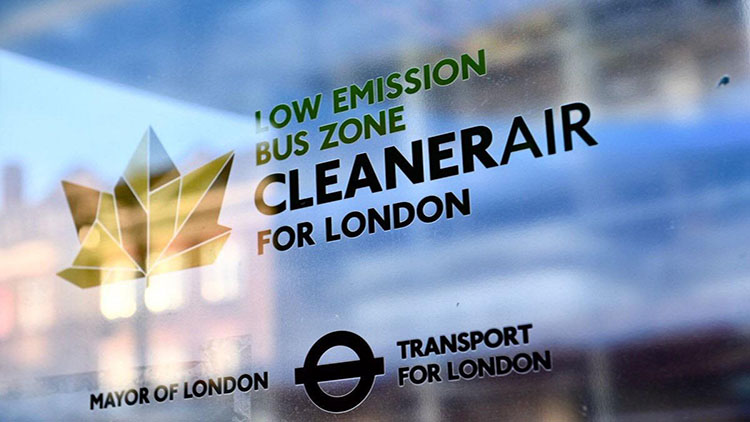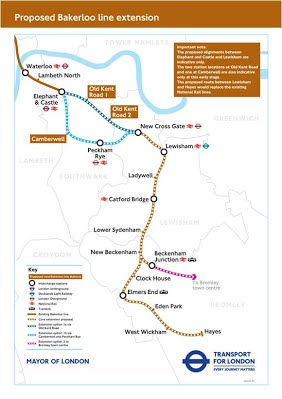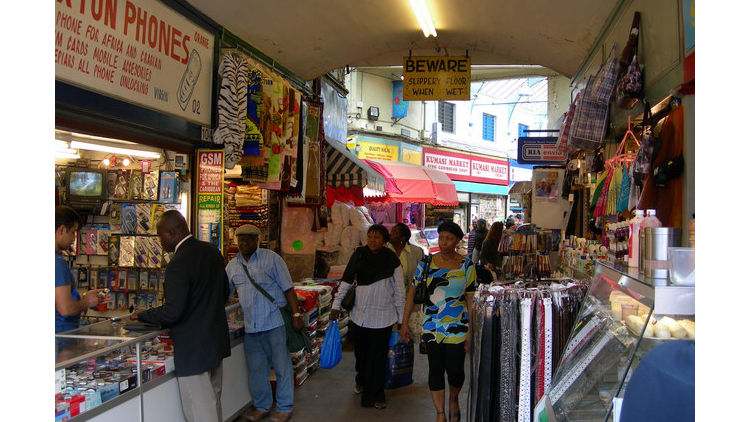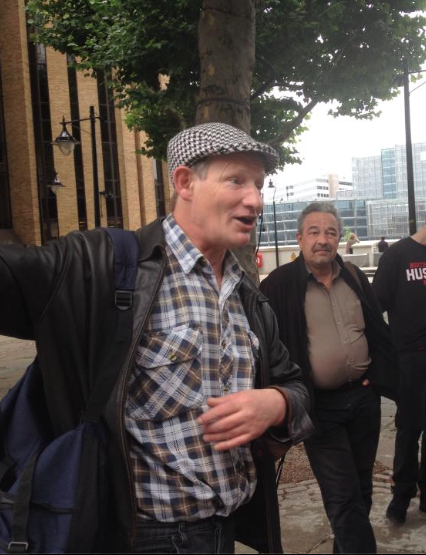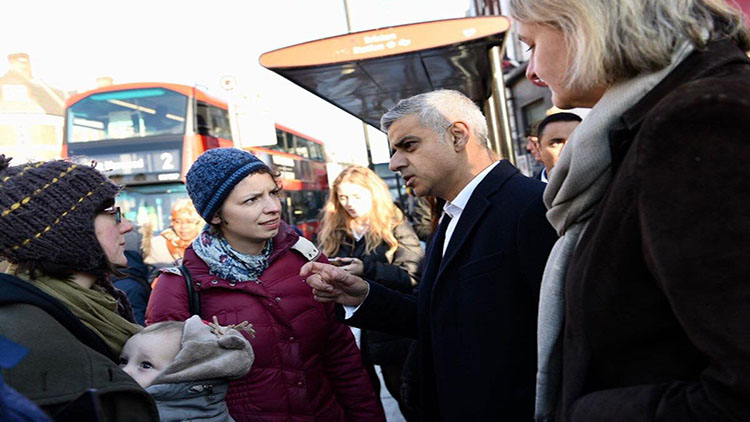
The Mayor of London, Sadiq Khan at Brixton’s Low Emission Zone launch in December 2017. Image taken from @MayorofLondon
Air quality remains at illegal levels in Brixton despite the introduction of a low emission bus route. Whilst the area made dramatic gains in improving air quality, levels of nitrogen dioxide are still two and a half times the legal limit.
Figures published by the Greater London Authority demonstrate that by August 2018 the annual average level of nitrogen dioxide on Brixton Road was 98 μg m-3. The legal limit set by the European Commission is 40 μg m-3, meaning that levels of pollution in Brixton have already breached the yearly limit twice in the first 8 months of the year.
In response to the evaluation report, Lambeth Cabinet Member for Environment & Transport, Councillor Claire Holland, said: “Knowing that these buses are cleaner, and releasing far fewer pollutants into our air is reassuring, but we know there is still more to do.”
Brixton Road became London’s second Low Emission Bus Zone in December 2017, as part of a programme introduced by the Mayor of London targeting the worst air quality hot spots in the city. The initiative uses buses with engines and exhaust systems that meet Euro VI emissions standards.
In the year before the low emissions bus zone was introduced, the annual average levels of NO2 in Brixton was significantly higher at 118 μg m-3.
Nitrogen dioxide is produced by exhaust fumes and can increase the likelihood of respiratory problems such as wheezing, coughing, colds, flu and bronchitis.
Environmental activists remain adamant that current attitudes to tackling low air quality are not adequate. A spokesperson for local campaign group Lambeth cyclists said: “There is basically no reason to celebrate…[the] level had been dropping by a similar amount each year anyway before any mention of bus scheme.”
Lambeth council have recently published their draft Transport Local Implementation plan for the next three years.
Lambeth cyclists explain how this offers further evidence of inadequate attempts by the council to effectively tackle climate change: “We don’t think it goes nearly far enough…the solution to travel in London is to move far more short trips (sub 5 miles) to walking and cycling. That frees up space on existing public transport for people who really need it.”
The European Environment Agency (EEA) has warned that nearly 500,000 premature deaths a year are caused by air pollution.
In a report published in October, EEA reveals that air pollution is the main cause of premature death in 41 European nations, with 422,000 people dying of exposure to harmful levels of fine particle matter in 2015.
The world was shocked to learn this year that a young girl’s death from asthma was the first to be directly linked to illegal levels of air pollution.
Ella Kissi-Debrah, who lived in South London, died in February 2013 after 27 visits to hospital for asthma attacks and three years of seizures.
A report was published to investigate her death, in which Professor Stephen Holgate, an expert on asthma and air pollution suggested there was a “striking association” between the times she was admitted to hospital and recorded spikes of nitrogen dioxide near her home.
All 12 zones set out in the Mayor of London’s plans are set to be completed in 2019.
